<< Previous | Displaying results 6551-6575 of 6769 for "" | Next >>
Polish women from the Pawiak and Mokotow prisons in nearby Warsaw are led into the Palmiry forest for execution by SS personnel.The original caption reads: "Their Nazi executioners leading a group of Polish women, according to the information attached to this picture which was just received through Polish sources. Hundreds of cvilians, men, women and even young children are said to be systematically 'eliminated' under the Nazi scheme of things in war-torn Poland". Palmiry Forest, Poland,…
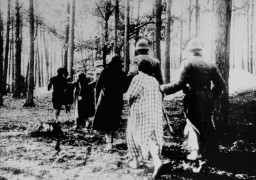
Members of the Zoska battalion of the Armia Krajowa stand atop a German tank captured during the 1944 Warsaw uprising. The tank was used by the battalion during its capture of the Gesiowka concentration camp. Warsaw, August 2, 1944.
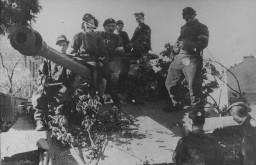
A member of the Zoska battalion of the Armia Krajowa escorts two of 348 Jews liberated from the Gęsiówka concentration camp during the Warsaw Polish uprising. August 5, 1944.
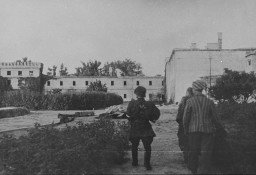
Soldiers of the Polish Home Army (Armia Krajowa) take cover behind a barricade during the Warsaw Polish uprising. During the uprising, the Home Army was supported by 2,500 soldiers from other resistance movements, such as the National Armed Forces (Narodowe Siły Zbrojne, NSZ) and the communist People's Army (Armia Ludowa, AL). Only a quarter of the partisans had access to weapons, fighting against 25,000 German soldiers equipped with artillery, tanks, and air forces. Two of the three soldiers shown here…
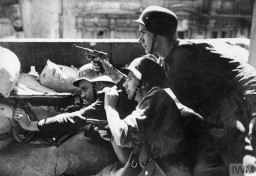
Soldiers of the Polish Home Army Women's Auxiliary Services, taken captive by the Germans in October 1944 as a result of the Warsaw Polish uprising. After the uprising ended on October 2, the Germans took as prisoners of war more than 11,000 soldiers of the Polish Home Army.

Planned as a short military revolt, the Warsaw Polish uprising lasted 63 days, from August to October 1944. In the end, German troops destroyed the majority of Warsaw during and immediately after the uprising. Photo dated January 17, 1945.
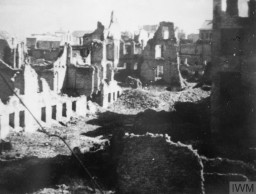
Soldiers from the Kiliński Battalion of the Polish Home Army take a German prisoner during the Warsaw Polish uprising. August 20, 1944.
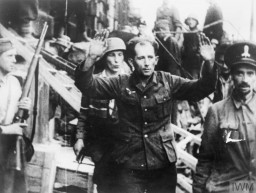
Following the German invasion of Poland on September 1, 1939, Warsaw suffered heavy air attacks and artillery bombardment. German troops entered the city on September 29, shortly after its surrender. This photograph was taken by Julien Bryan, an American documentary filmmaker who captured the German bombardment and its impact on the Polish citizenry. Warsaw, Poland, ca. 1939.
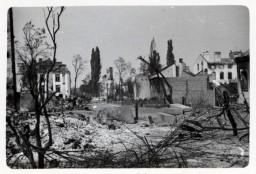
Members of a Polish family perform daily chores amidst the amidst the charred ruins of their home, destroyed during the German bombing of Warsaw. They have reassembled the remnants of their household furnishings outside. Photographed by Julien Bryan, circa 1939.
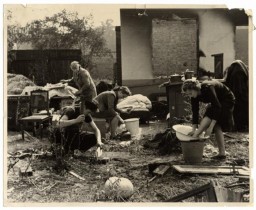
Polish children wander through the ruins of Warsaw after a German bombing. Photographed by Julien Bryan in Warsaw, Poland, ca. 1939.
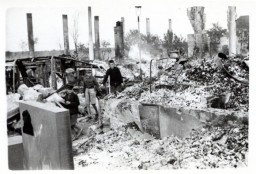
A ten-year-old Polish girl, Kazimiera Mika, mourns the death of her older sister, who was killed in a field in Warsaw, Poland, during a German air raid. Photographed by US documentary filmmaker, Julien Bryan, on September 13, 1939.

Father Wlodarczyk attempts to clean and repair a bombed-out church in the besieged city of Warsaw. Photographed by Julien Bryan, Warsaw, Poland, ca. 1939.
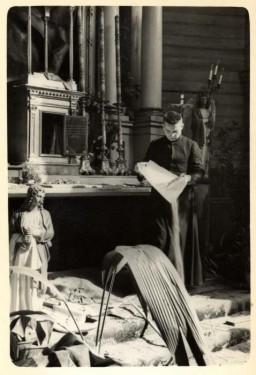
American judge Benjamin Barr Lindsey and his wife on a ship. Judge Lindsey's writings were among the texts the Nazis singled out during the 1933 public burnings of books. Photo dated December 4, 1915.
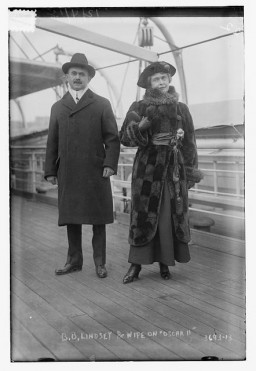
Portrait of American journalist John Reed, circa 1914. Reed's book Ten Days that Shook the World was among the texts Nazi students burned in 1933.
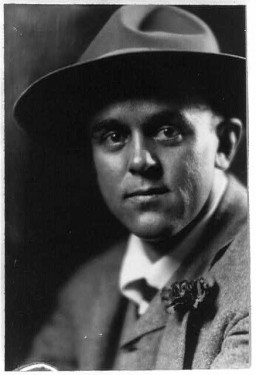
Born in Riga, Morris Hillquit became a prominent theoretician of the socialist movement after immigrating to the United States. The German translation of his work Socialism in Theory and Practice was burned in Nazi Germany in 1933. Photo taken circa 1910–1915.
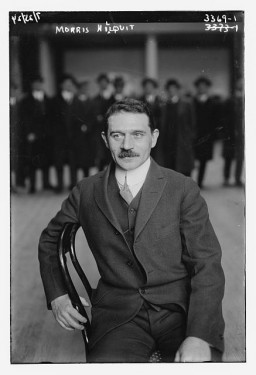
Nazi-produced propaganda slide entitled "Leading Figures of the System." The image was presented during a lecture called "Jewry, Its Blood-based Essence in Past and Future," Part I in a series on Jewry, Freemasonry, and Bolshevism. Germany, circa 1936. The slide features the portraits of six prominent Jewish political and cultural figures in Weimar Germany. Georg Bernhard, Rudolf Hilferding, and Walther Rathenau were among the authors whose works were targeted during the 1933 Nazi book burnings.
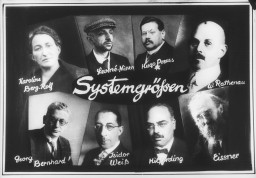
Portrait of writer Sigrid Undset, who won the Nobel Prize for Literature in 1928. Often with feminist themes, her novels were banned and burned in part because of her public criticism of the Nazi regime. Photo taken by Anders Beer Wilse on July 1, 1923.
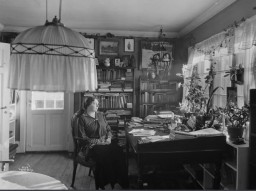
Sigrid Undset's novels were among the texts the Nazis banned and burned. Undset had previously won the Nobel Prize for Literature in 1928.
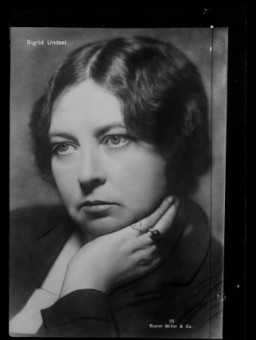
Vladimir Lenin was the leader of a faction of Russian communists known as the Bolsheviks. After the Russian Revolution broke out in 1917, Lenin seized control and established the Soviet Union. Photographed circa 1920. The Nazis had declared themselves the sworn enemies of Bolshevik Russia, its architect and dictator Vladimir Lenin, and his successor Josef Stalin.
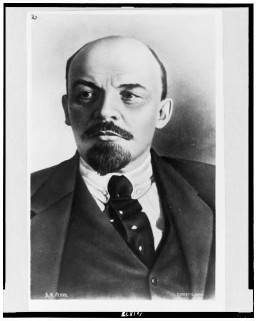
Foreign Minister of Germany from 1938 to 1945, Joachim von Ribbentrop sits in his cell during the Nuremberg trials. Photographed circa November 20, 1945 – October 01, 1946.
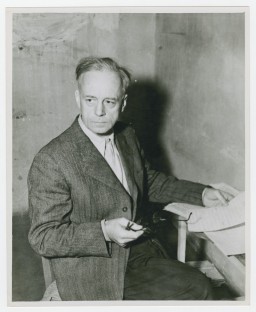
Propaganda slide for a Hitler Youth educational presentation entitled "German Achievements in the East." Circa 1934–1937.
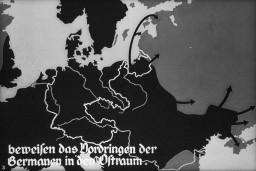
Newly arrived prisoners are assembled in the Appellplatz (roll call area) at the Melk camp, a subcamp of Mauthausen in Austria. 1944–45.
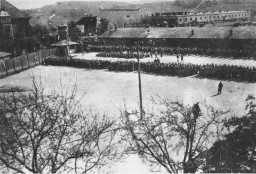
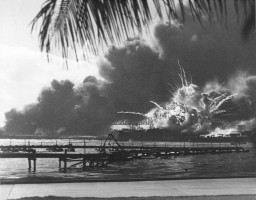
Psychiatric patients are evacuated to clinics where they will be murdered as part of the Nazi Euthanasia Program. Photo taken in Germany and dated circa 1942–1944. The term "euthanasia" usually refers to causing a painless death for a chronically or terminally ill individual who would otherwise suffer. In the Nazi context, however, "euthanasia" was a euphemistic or indirect term for a clandestine murder program that targeted individuals with physical and mental disabilities.
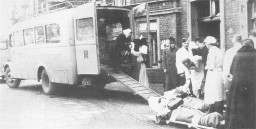
Nazi propaganda depicting two racial portraits of individuals considered non-Aryan. The original caption reads: "Then these are barely recognizable as human beings." Circa 1933–1943.
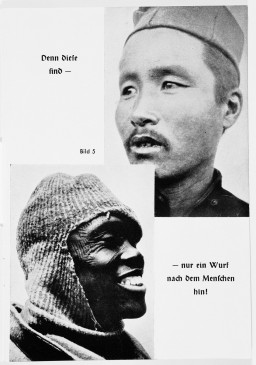
We would like to thank Crown Family Philanthropies, Abe and Ida Cooper Foundation, the Claims Conference, EVZ, and BMF for supporting the ongoing work to create content and resources for the Holocaust Encyclopedia. View the list of donor acknowledgement.